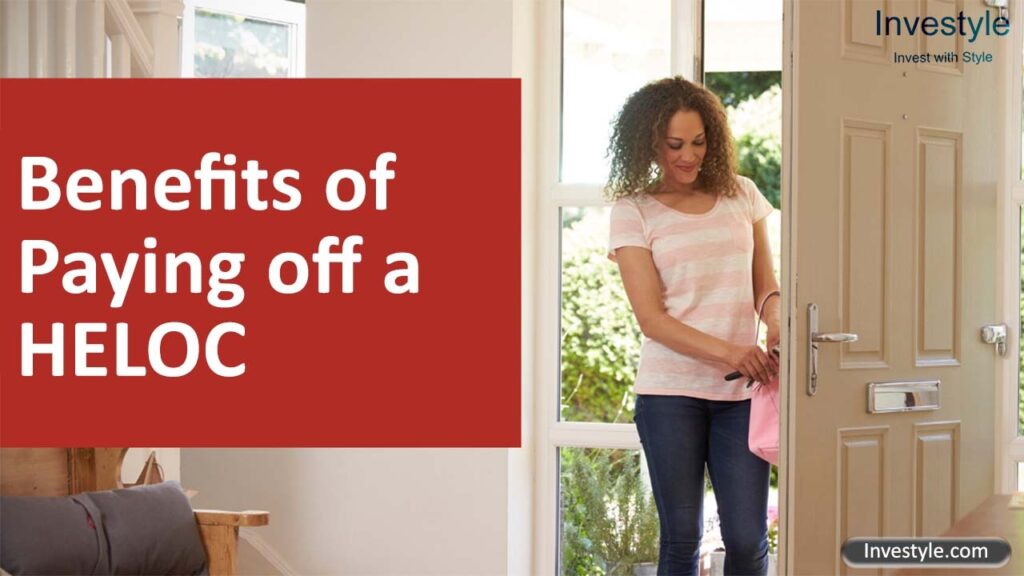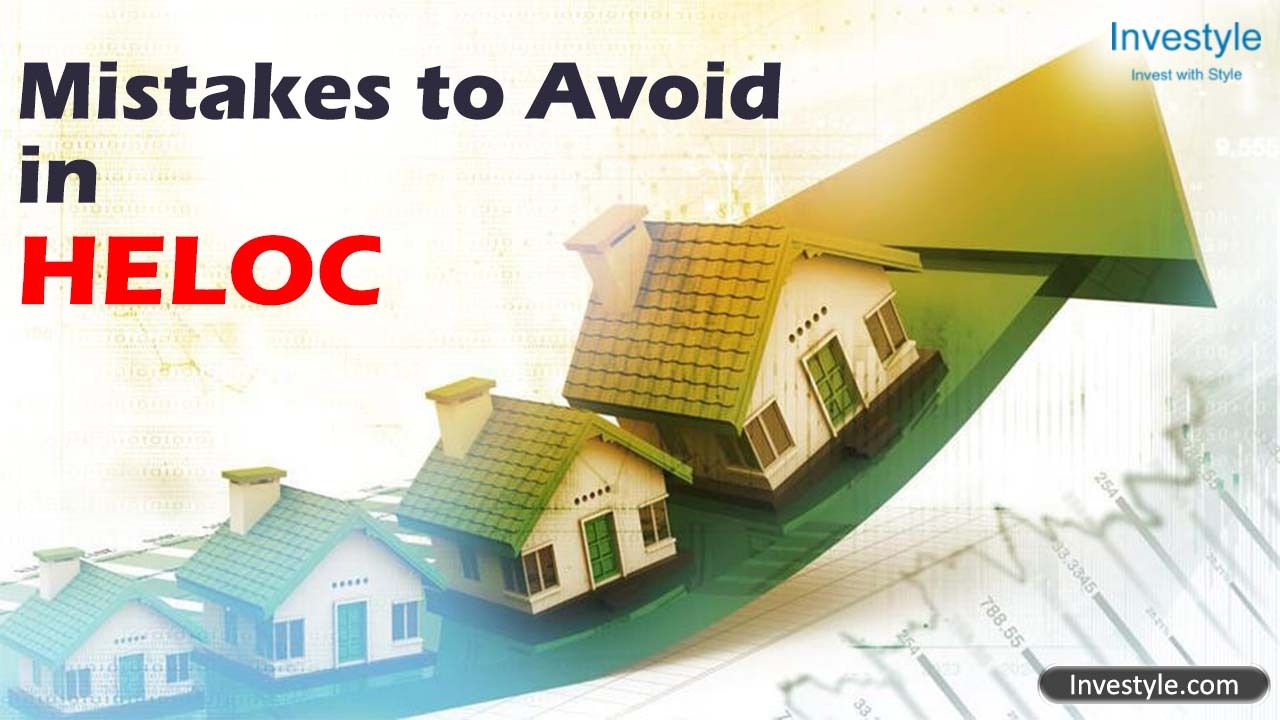With home prices continuing to rise, it’s likely that you may have used your HELOC to purchase a home. But before you go wild with spending, there are a few things you need to know. Here are five ways not to use your HELOC.
There are a few things you should avoid if you want to make the most of your HELOC. Here are five of the worst:-
1. Buying a car
2. Making large renovations
3. Taking out a loan to cover expenses
4. Splurging on unnecessary items
5. Making home repairs
Identifying these common HELOC mistakes is a good way to avoid your first lawsuit.
Home Equity Loans and Lines of Credit are both a form of secured debt.
Other types with similar features include home equity lines (HELOCs), Home Improvement Loans, Real Estate Security agreements (REBACE) and senior housing facility guaranty Programs (SHOP).
In this article, we will focus on the Home Equity Line Of Credit.
We believe that the terms “line” or “lien” can be used interchangeably but in the narrative above, we will use the term “liens” because it is more general.
If a homeowner fails to maintain or provide proper security for any line on their property they may end up owing many thousands of dollars instead of just the original amount borrowed.
Home equity line loans are used primarily by consumers who buy homes and need a quick infusion of extra cash into those gradually increasing paid-off houses due to salary increases and rising property values.
It’s often the second or third home a person purchases and it adds assets that can earn even more interest over time, making these loans very appealing to many consumers who use their increased equity as an asset rather than living off of debt payments they will have trouble paying later in life.
Some lenders offer special types of loans with no private mortgage insurance (PIMA) which allows borrowers to avoid costly premiums by using only this kind of loan to finance purchases.
Those seeking a home equity credit line can find one at an online lender or with a local bank that offers these types of loans, otherwise, they may need to use an investment broker advising customers on how best to select the right financial instrument for their particular needs and restrictions placed on them by the laws governing HELOCs. Before selecting this option, the consumer will need a thorough understanding of how to analyze their options.
Another type of home credit line used by some people is those who have purchased money market accounts with a bank or brokerage firm where they can borrow $1 for every thousand dollars held in that account.
Keep in mind there are terms and conditions as well as other restrictions placed on these types of loans based on regulatory agency regulations governing such things as maximum monthly interest rate charges allowed at renewal, the amount held in the account before being able to finance with a ladder payment and other factors that must be evaluated by the consumer.
It is important for people who have been refinancing their mortgage multiple times should consider getting this type of home equity line as they may find it difficult or impossible to maintain high enough credit scores long-term without using some form of HELOC in order to continue exercising their lifestyle choice over wealth accumulation goals.
Situations for which using a HELOC as a source of funds may be inadvisable.

1. If an individual already has several high-interest debt obligations such as credit cards, car loans, etc., it may be difficult to get approved for a HELOC as most lenders will want to see that the individual is capable of managing all their debts effectively before approving them for a loan with this type of interest rate structure.
2. An individual’s current mortgage balance may be higher than the amount they are able to borrow through a HELOC. If they have recently refinanced their mortgage, it may be prudent to borrow against the equity in that paid off home before borrowing more money with a HELOC as there is no upside when you are using the same assets and paying interest on them twice—you will never see any increased value for your investment of debt if you use a regular loan instead of rolling over equity.
3. A person’s credit scores would not likely improve even if they pay off their HELOC after it has been used for a period of time. In order to reap the benefits of raising your credit scores, you need to be using this money product as efficiently and effectively as possible meaning continue paying down principal in addition to increasing utilization rates with new debt on top of refinancing existing mortgage obligations.
4. Paying back revolving debt will likely result in an accelerated depletion of one’s financial resources which may lead most people to use HELOCs as a source of cash sooner rather than waiting until they are fully tapped out.
5. If the individual has established and maintained their credit cards, car loan obligations and other debt instruments with interest rates that exceed 14%, then using a HELOC may result in payments being too large for most lenders to handle when combined with fixed monthly expenses (for example mortgage charges) causing them not approve such entities access new credit during the repayment period.
6. Paying off a HELOC will negatively impact credit scores for an extended period of time depending on whether you pay back your debt more quickly or wait until it is fully paid as mentioned in point 3 above and also depends on how much money has been borrowed with this product over a specific length of time (that is, the principal must be repaid before interest gets counted against credit).
7. For those who are not confused by these points stipulating whether or not you should use your credit cards extra carefully, your HELOC is an alternative to obtaining a car loan or getting another large credit card.
Can I Pay Off a Mortgage Using a HELOC?

There are pros and cons to using a HELOC to pay off your mortgage, but in general, it can be an effective way to save up on interest payments.
A HELOC lets you access funds from your home equity while you’re still paying down the balance of the loan, making it a cheaper alternative than acquiring new debt. However, there are some things to keep in mind if you decide to use a HELOC this way:
First, it’s important to make sure that your HELOC is suitable for the purpose. Some mortgages don’t allow you to use a HELOC, and if yours does, you’ll need to pay extra interest on top of the regular monthly payments.
Second, be sure to keep up with your mortgage payments even while using a HELOC. If you stop making mortgage payments altogether, the bank could sue you for violating your loan agreement and your HELOC could stop paying for you.
Third, make sure that any amount of money on the loan balance is applied first to interest payments before anything else when following this rule.
Although non-payment might be cheaper in the short term than making regular monthly mortgage payments, it can cost you more since there’s a higher risk of default and foreclosure if your lender turns over these funds to a collection agency (and becomes an unsecured creditor).
What are the pitfalls of a HELOC?

While a HELOC can theoretically provide you with funds to avoid paying off your mortgage, there are significant drawbacks that make it an undesirable option in most cases.
First and foremost is the issue of money management: You’re permanently locked into making only one interest payment per month if all the monthly payments ever come out of this account instead of from your paycheck.
Another potential pitfall is taxation on these additional debt-financed payments as taxable capital gains distributions not attributable to your regular income.
The biggest potential downside of a HELOC is that if you stop making mortgage payments, the bank could turn over those funds to a collection agency and you might find yourself out of luck. One way to mitigate the risks is to funnel all of your extra money into a secured line of credit (SLCC) instead.
An SLCC allows you permanently lock in loans with a layer of protection that, if breached, can make it extremely hard for loan sharks or other creditors (such as employers and tax officials) to take advantage by taking what they want from you on top of everything else while avoiding any real accountability
What happens if you pay off HELOC early?

If you prematurely pay off your HELOC, the bank might charge a penalty, which could add up over time. Additionally, if there are any remaining funds in the account at the end of the term (typically 10 years), those funds will be transferred to your regular mortgage and borrower responsibilities will resume as if nothing happened.
What are the benefits of paying off a HELOC?

Paying off a HELOC can have several benefits. For one, you’ll no longer be required to make mortgage payments each month and will have more money available for other expenses. Additionally, since your principal balance (the remaining amount owed on the loan) is reduced, your rate may also decrease.
Finally, if you struck it rich and sold the home before the term was up, you may end up owing less on the new home than if you had just refiled for a longer term.

